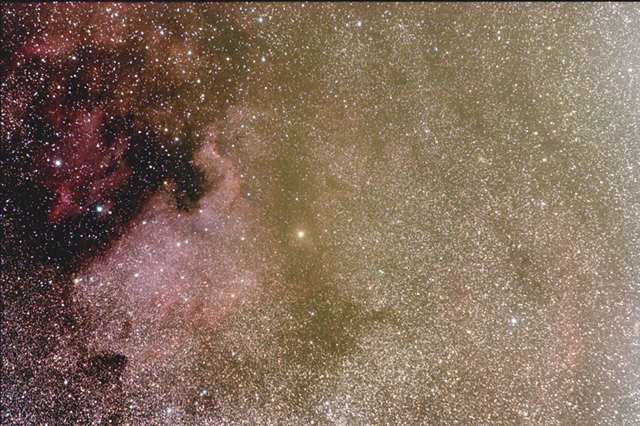
This is made up of 15, 4 minute exposures taken on 2009/10/18 with a Canon 70-200mm f/4 L lens at f/4.5 and a self modified Canon 300D. The exposures were guided by a 12" f/5 Newtonian telescope using a TouCam, and either Astrovideo or WxAstroCapture running under windows XP and talking to a WinCTC box
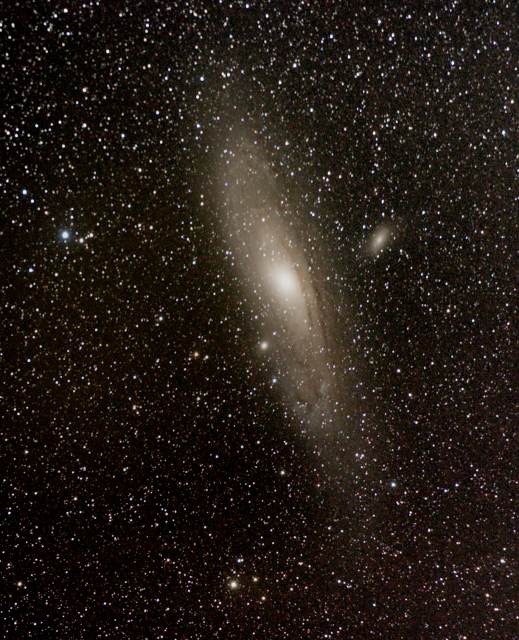
Messier's 31st. object, the great galaxy in Andromeda, this was taken with the same set up as above on 2009/12/17, and apart from only being 12 exposures the details are the same
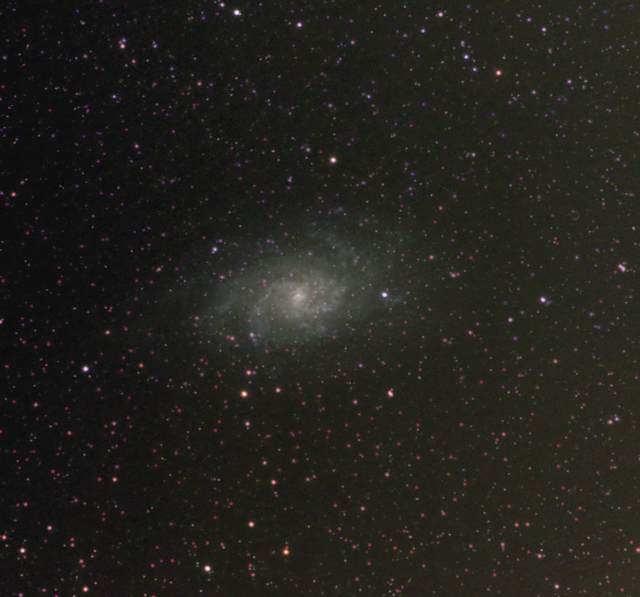
Messier's 33rd. - this is hard, it's faint and big! This is 20 exposures of 4 minutes on 2009/10/22. Must try a better focal length - this is too small for 200mm but to big for 2.24m or 1.5m that are easily guidable at COAA. Ho Humm!
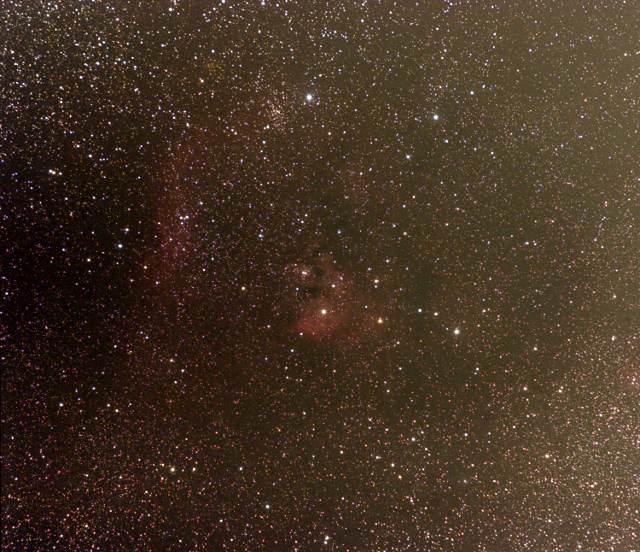
NGC7822 in Perseus, one of a number of faint emission nebulae in the area (more later). 2009/10/23 and made up of 25, 4 minute exposures, I just let the kit get on with it - occasional check that the camera was still looking out of the slot in the dome.
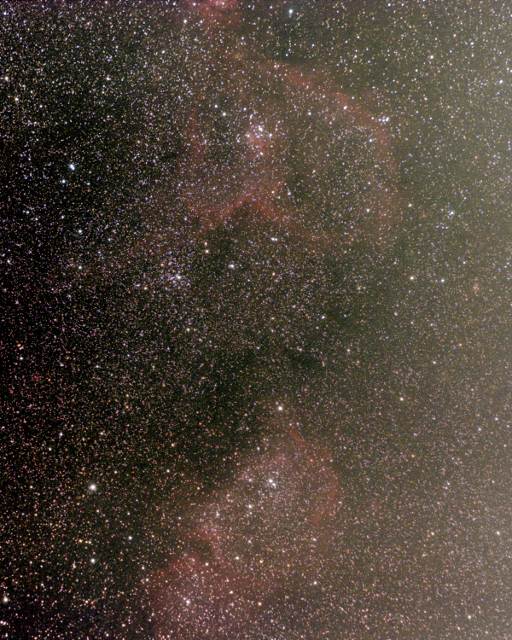
This is a couple of faint patches of glowing hydrogen gas between Perseus & Cassiopeia, that surround two open clusters Melotte 15 & IC1848. Or something like that - it's very complex. Anyway they are faint and big, fit nicely in a 200mm frame (on a Canon 300D) or would if I'd rotated the camera 90 degrees. They are just about 5 degrees north and a little east of the 'double cluster' in Perseus. 2009/10/24 and
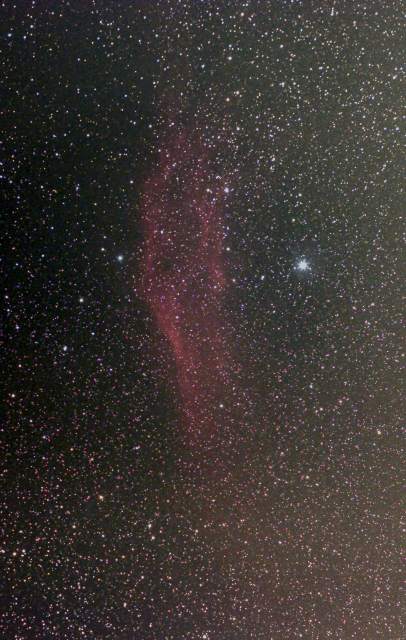
On the same night I also grabbed a few frames (6) of NGC1499, other wise know as the California nebula, as it looks a bit like a map of California - ish. The low frame count means it is noisier than I would like, but there is always next time - I suppose.
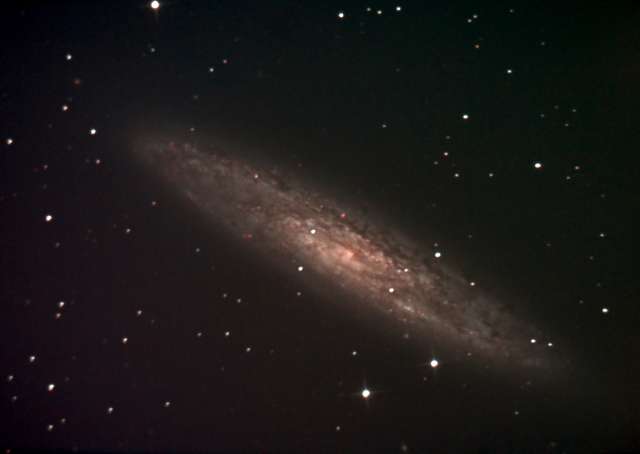
And finally (from October) 23 frames through the 20" of NGC253
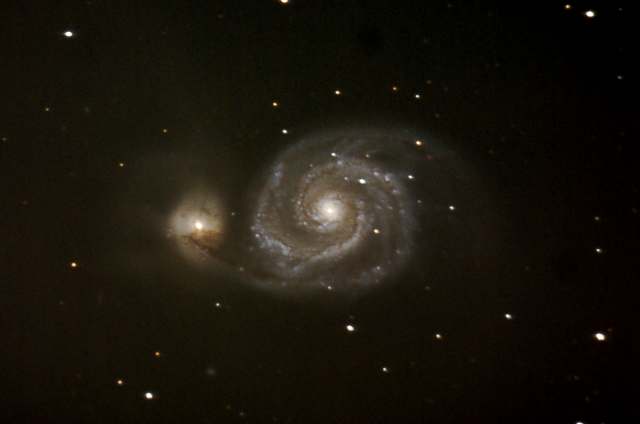
This is an image from 2009/04/01 and is of M51, in Canes Venatici it is an stack of 22, 2 minute exposures with 50 dark and 50 bias frames used for calibration (doing it properly here - except no flats). Processed in IP3.8, and tweaked finally in GIMP.